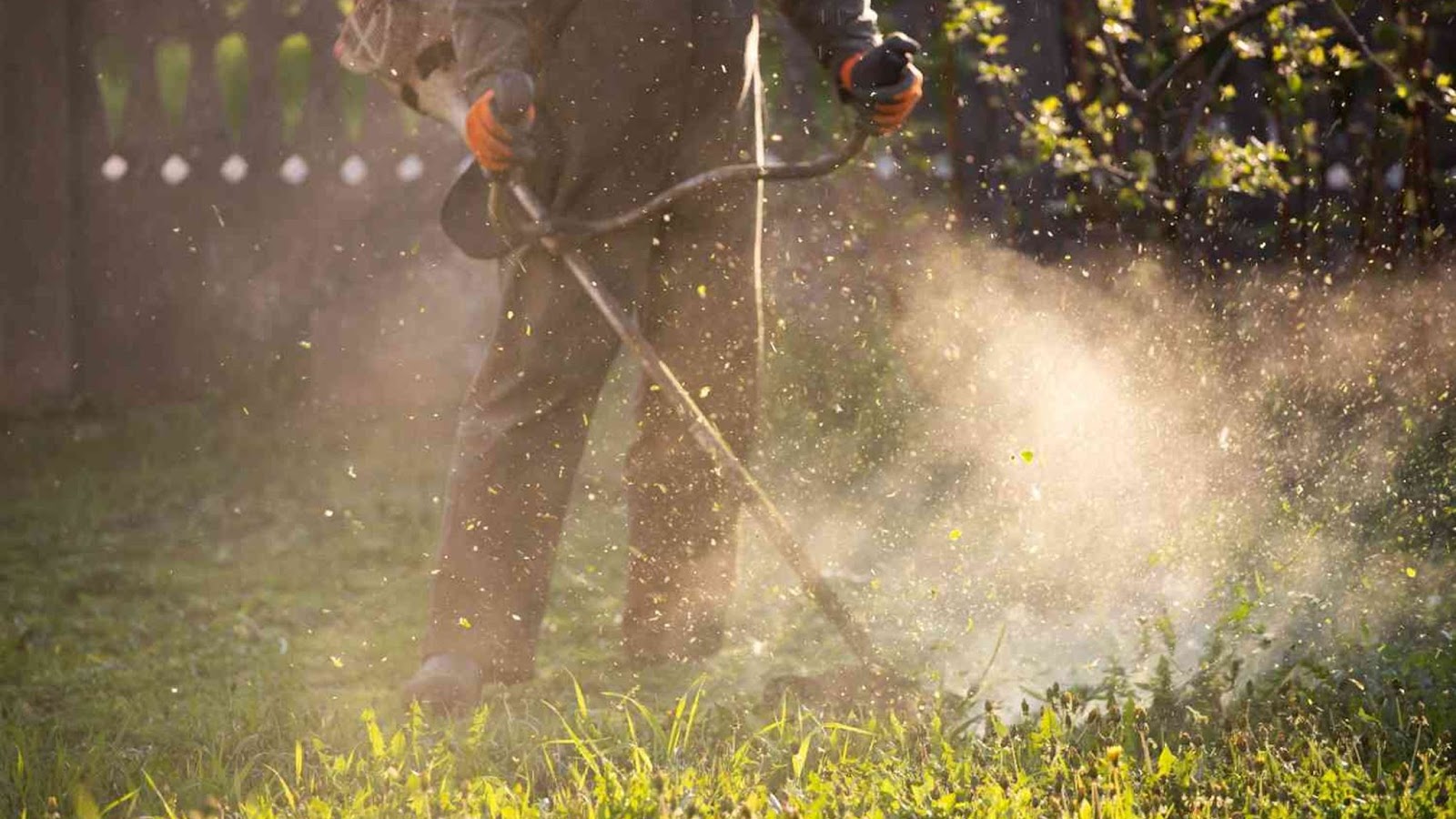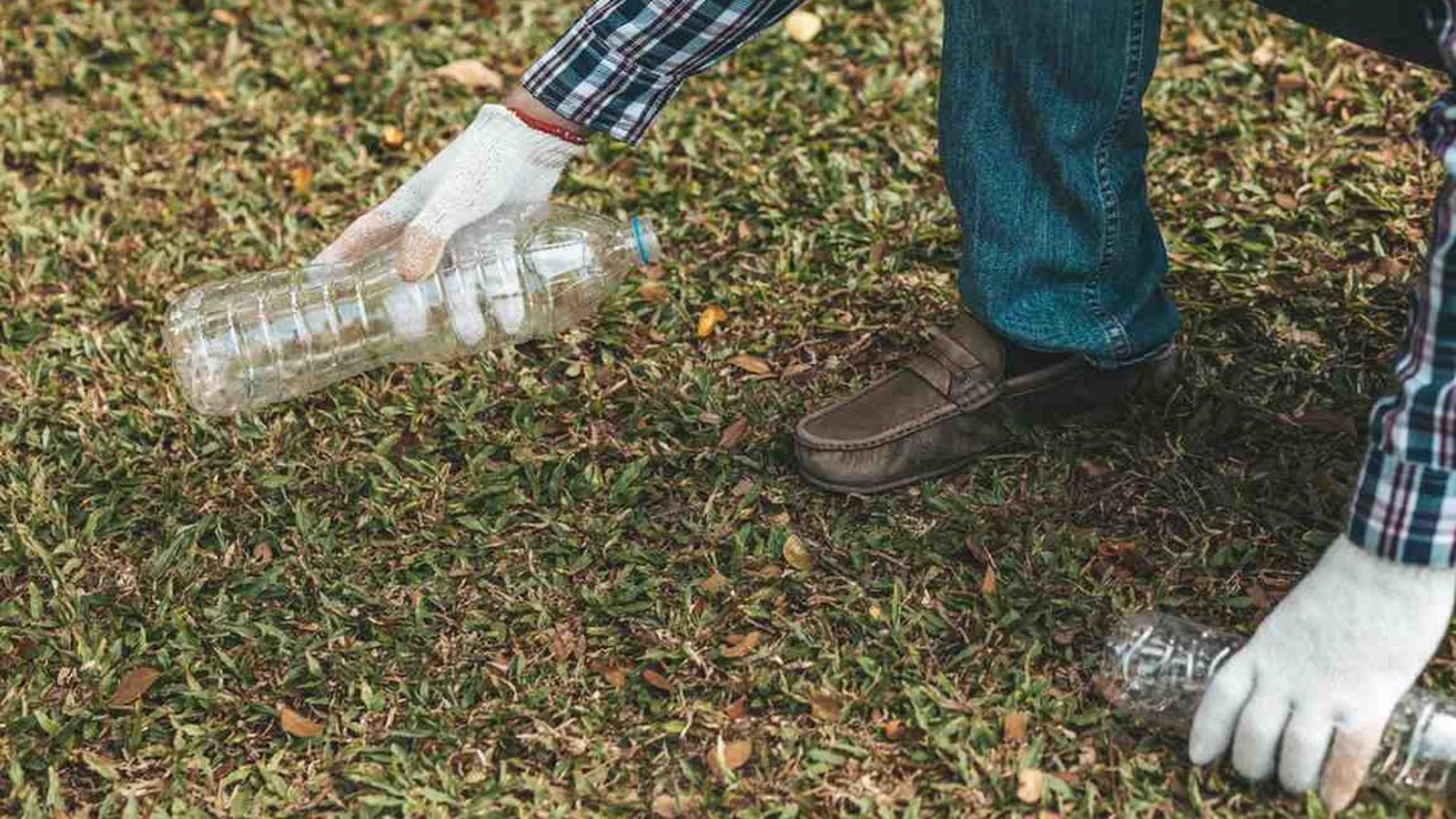Lawn rust is a common fungal disease that can quickly turn a vibrant lawn into a patchy, orange-tinged eyesore. For homeowners in Buffalo, Amherst, and Cheektowaga, the region’s humid summers create the perfect conditions for it to spread fast.
Left untreated, it weakens grass, slows growth, and leaves your lawn vulnerable to further damage. We know how frustrating it is to watch your lawn lose its color despite regular care.
The good news is that with timely action, lawn rust treatment is possible. In this guide, we’ll walk you through how to identify rust early, choose the proper treatment, and put prevention steps in place to restore lasting lawn health.

Lawn rust is one of the most common turf diseases in Western New York and can silently spread before homeowners even notice. Hence, recognizing what it is, which grasses it affects, and why it develops is key to protecting your lawn.
Here’s what you need to know about lawn rust and the conditions that allow it to grow:
Lawn rust is a fungal disease caused by Puccinia species. It appears as yellow or orange powdery spores on grass blades, giving turf a dusty, rust-like look.
While it typically won’t kill grass outright, it weakens the plant, slows growth, and creates thin, stressed patches. Left unchecked, this can lead to bare spots and open the door to weeds or other lawn diseases.
Cool-season grass types, which dominate lawns in Buffalo, Amherst, and Cheektowaga, are highly susceptible.
Mostly, Kentucky bluegrass, perennial ryegrass, and tall fescue are especially prone to rust outbreaks during warm, humid stretches in late summer and early fall. These species are popular locally but need extra attention during peak rust season.
Several factors combine to trigger lawn rust outbreaks:
Understanding these causes makes it easier to correct underlying issues and build a lawn that resists rust naturally. However, recognizing how rust begins is only part of the solution; the rest is recognizing the symptoms it comes with.
By learning to spot its signs and separate it from similar issues, you can act before it worsens.
Here’s how to recognize lawn rust and avoid common mix-ups:
Spotting these signs early allows you to intervene quickly and protect your lawn’s health before the damage spreads. Once you know what you’re dealing with, you can begin by choosing the proper treatment approach to restore your lawn’s strength.

Treating lawn rust effectively starts with selecting the right approach. From simple cultural practices to organic remedies and targeted chemical solutions, each method plays a role depending on the severity of the outbreak.
Here’s a breakdown of the available options:
These strengthen grass naturally through proper mowing, fertilization, aeration, and watering habits.
These are natural treatments like compost teas and neem oil to reduce fungal activity while staying eco-friendly. Some methods include:
Reserved for severe or persistent cases when cultural and organic steps aren’t enough. Only use these when rust is widespread. Look for active ingredients such as:
Apply any fungicide only as directed, preferably during early morning or late evening when the grass is dry, and always follow label safety guidelines.
Choosing the right combination of these methods not only clears existing rust but also creates a healthier lawn that’s better equipped to resist future outbreaks. But constant care is still required to ensure that your turf remains healthy year-round.

Keeping lawn rust from returning is all about creating an environment where healthy grass grows and fungi struggle to survive.
Here’s how you can prevent lawn rust and maintain a resilient, rust-free lawn:
1. Follow Routine Maintenance Practices: Water deeply but infrequently, mow at the right height, and promptly remove debris or clippings from infected areas.
2. Fertilize on Schedule for Buffalo Lawns: Use balanced, nitrogen-rich fertilizers in fall and lighter applications in spring to strengthen cool-season grasses common to the region.
3. Aerate and Overseed Regularly: Relieve soil compaction and improve airflow while introducing rust-resistant grass varieties for better long-term protection.
4. Manage Seasonal Risks: Pay extra attention in late summer and fall when rust risk peaks, adjust watering during wet periods, and prepare your lawn in winter to reduce spring susceptibility.
5. Test Soil and Balance Nutrients: Routine soil testing ensures your grass gets the nutrients it needs to stay vigorous and naturally resistant to disease.
6. Maintain Tool Hygiene: Clean mowers and garden tools after each use to avoid spreading spores between areas of the lawn.
7. Monitor Monthly for Early Detection: Walk your lawn regularly, especially during humid spells, to catch signs of rust before it spreads.
By following these steps, you can stop rust from taking hold and keep your lawn healthy year-round.

Lawn rust can spread quickly if left unchecked, but with the right approach, it’s entirely manageable. If you’re tired of seeing your lawn lose its color or feel unsure about which treatments will work, Percy’s Lawn Care is here to help.
With over 20 years of experience serving Buffalo, Amherst, and Cheektowaga, we know how local weather, soil conditions, and grass types all contribute to rust problems. Our team uses this region-specific expertise to not only treat active outbreaks but also build a lawn care plan that keeps rust from coming back.
Don’t let lawn rust take hold and undo your hard work. Contact Percy’s Lawn Care today for a free on-site consultation, and let us restore your lawn’s health with proven methods designed for our local climate.
1. What causes lawn rust, and can it go away on its own?
Rust is triggered by warm, humid weather combined with low nitrogen, poor air circulation, shade, and compacted soil. In many cases, rust diminishes naturally as weather shifts, especially with cooler fall temperatures, but healthy lawn care accelerates recovery.
2. Does lawn rust harm pets, kids, or people?
No. The fungus doesn’t infect humans or animals. That said, spores can transfer to clothing or paws, so a rinse after playing on a rusted lawn may help avoid orange staining.
3. Can grass rust kill my lawn?
Not typically. It weakens grass blades by blocking photosynthesis and slowing growth, making turf thin and patchy, but it seldom kills grass outright.
4. Will applying nitrogen help treat lawn rust?
Yes, with care. A moderate nitrogen application can help turf “grow out” of rust by promoting new growth. But overdoing it may exacerbate fungal issues.
5. Are fungicides necessary to control lawn rust?
Not usually. Most cases respond well to cultural practices like fertilizing, mowing properly, aeration, and removing thatch. Fungicides should be reserved for persistent, severe outbreaks.
6. How can I prevent lawn rust from returning?
Maintain balanced nutrition, water deeply but infrequently, mow at the proper height, aerate to relieve soil compaction, and reduce prolonged shade and dampness.